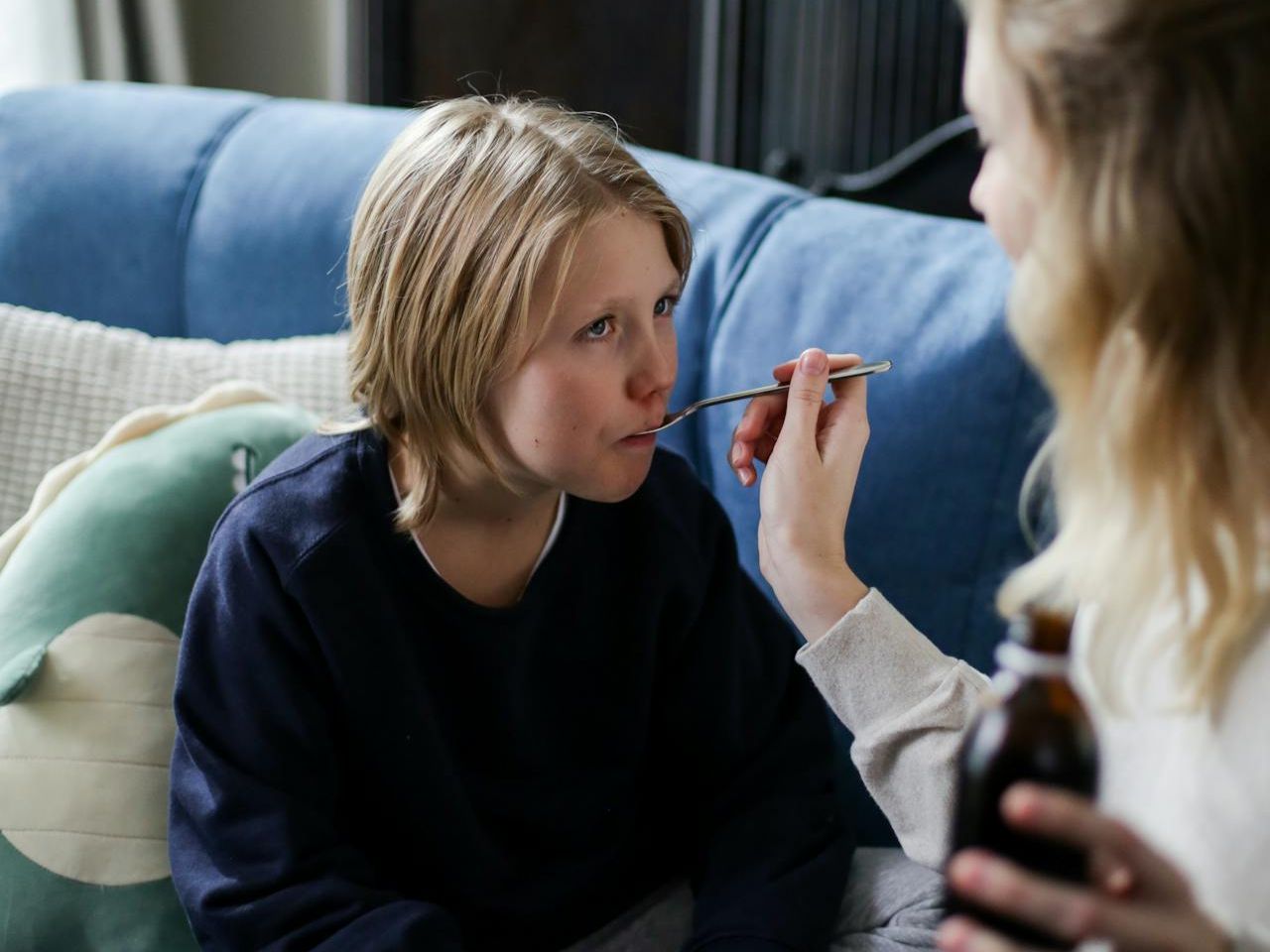Constipation is a common problem that affects many children. It can happen to babies, toddlers, and older kids, sometimes for months at a time. While occasional constipation isn’t usually a big deal, if it happens often, it could be a sign of something else going on that needs a doctor’s check-up. Miralax for kids has become a popular choice for managing constipation. This over-the-counter medication contains polyethylene glycol 3350, which works by adding extra water to the digestive system. This helps soften stools, making them easier to pass. It’s been a game-changer for countless families dealing with this uncomfortable problem.
Miralax Dosage for Kids
Figuring out the right amount of Miralax for your child can be tricky. Unlike adults, there’s no specific, official dose recommended by the FDA for kids. But don’t worry, many doctors have been using Miralax to help little ones with constipation for a long time. Their experience and knowledge guide them in deciding the best amount for each child.
The recommended daily dosage for children can vary based on several factors, including:
- Age and size
- Severity of constipation
- Frequency of administration (daily prevention or occasional use)
- Diet and fluid intake
- Individual response to the medication
It’s important to consult with a pediatrician or healthcare provider to determine the optimal dosage for your child, as individual requirements may differ.
Typical Dosage Guidelines
While dosages may vary, here are some general guidelines for Miralax administration in children:
| Age Group | Daily Dose | Volume (mixed with 8 oz of clear liquid) |
| 6-12 months | 4 grams | 1 teaspoon |
| 1-3 years | 6 grams | 2 teaspoons |
| 4-7 years | 12 grams | 4 teaspoons |
| 8 years and older | 17 grams | 1 capful |
It’s important to note that these are general guidelines, and dosages should be adjusted based on your child’s response and the consistency of their bowel movements.
Monitoring and Adjusting Miralax for Kids
Miralax typically takes 24 to 72 hours to produce results, and it’s essential to monitor your child’s bowel movements closely during this period. If there is no improvement or if the stools become too loose or watery, consult your healthcare provider for dosage adjustments.
One common approach is to start with the recommended dosage for three days and then adjust based on the consistency of the most recent bowel movement:
- If the stool is still hard (types 1, 2, or 3 on the Bristol Stool Scale), double the daily dose.
- If the stool is entirely liquid (type 7), cut the daily dose in half.
- If the stool is soft (types 4, 5, or 6), maintain the same daily dose.
After adjusting the dose, allow three more days to observe the effects before making further changes.
Is Miralax Safe For Kids?
While Miralax is generally considered safe for children, there have been some concerns raised about potential side effects, particularly behavioral changes. Some parents have reported their children experiencing anxiety, mood swings, anger, abnormal behavior, and paranoia after taking Miralax.
However, it’s important to note that these reports are anecdotal, and there is currently no scientific evidence linking Miralax directly to these behavioral issues. The FDA has funded a study to investigate the safety of Miralax in children, but the results are still pending.
In terms of known side effects, Miralax can cause abdominal discomfort, bloating, nausea, and diarrhea. These side effects are typically mild and may subside once the appropriate dosage is established.
Natural Alternatives and Lifestyle Modifications
For parents who prefer a more natural approach or are hesitant about using Miralax, there are several alternative remedies and lifestyle modifications that can help alleviate constipation in children:
Dietary Changes
- Increase fiber intake by incorporating more fruits (e.g., prunes, apples, pears, kiwi), vegetables (e.g., spinach, carrots), and whole grains (e.g., oatmeal, whole wheat bread) into your child’s diet.
- Encourage adequate fluid intake, primarily water, to keep stools soft and hydrated.
- Limit dairy products, as they can contribute to constipation in some children.
Behavioral Strategies
- Establish a regular toilet routine, encouraging your child to sit on the toilet for a few minutes after meals, especially breakfast.
- Use a footstool or squatting position to facilitate easier bowel movements.
- Avoid punitive measures or power struggles during potty training, as these can exacerbate constipation issues.
Physical Activity
Regular physical activity can help stimulate bowel movements and prevent constipation. Encourage your child to engage in age-appropriate exercises and playtime.
Alternative Remedies for Miralax for kids
If dietary and lifestyle changes are insufficient, your healthcare provider may recommend alternative laxatives or remedies, such as:
- Milk of magnesia
- Mineral oil
- Prune juice
- Flaxseed or psyllium husk supplements
It’s essential to consult with your child’s healthcare provider before trying any alternative remedies, as some may have side effects or interact with other medications.
When to Seek Medical Attention
While occasional constipation is common and can often be managed at home, there are certain situations where seeking medical attention is necessary:
- Constipation persists for more than a week despite dietary and lifestyle changes.
- Your child experiences severe abdominal pain, vomiting, or bleeding.
- Constipation is accompanied by other concerning symptoms, such as fever or weight loss.
- Your child has a history of underlying medical conditions that may contribute to constipation.
Prompt medical evaluation can help identify and address any underlying causes and ensure your child receives appropriate treatment.


